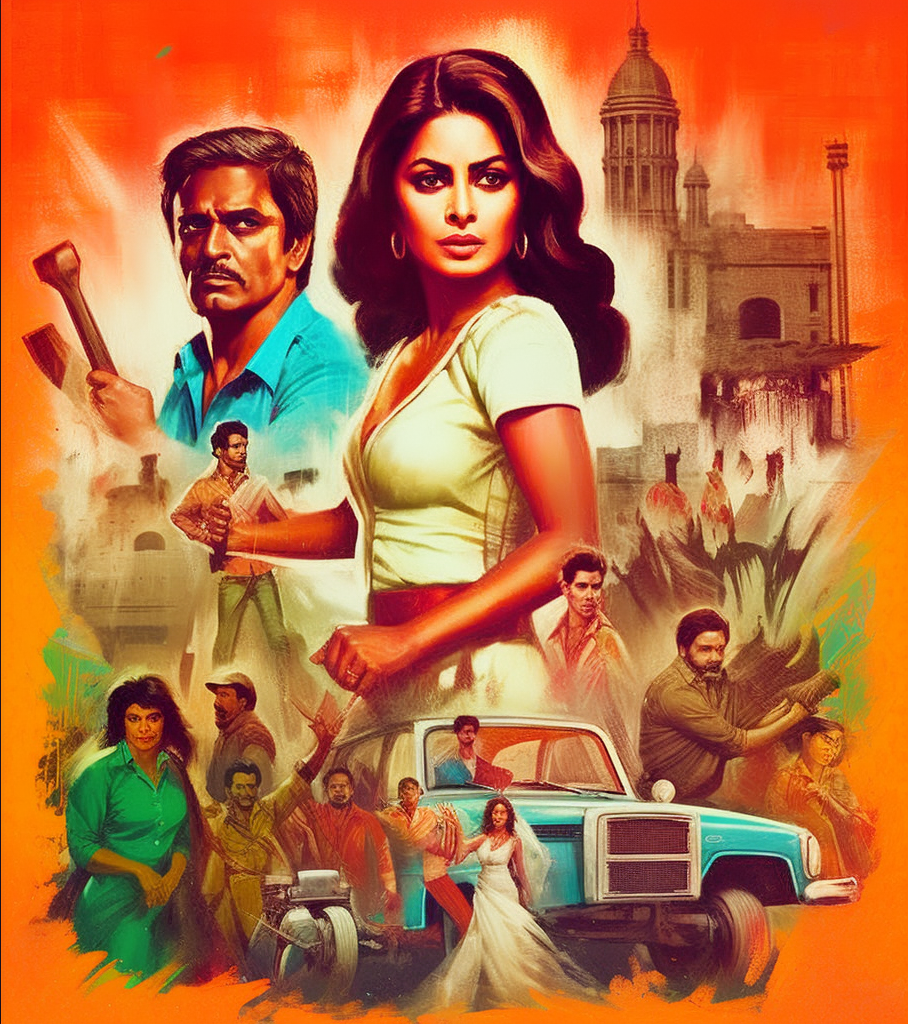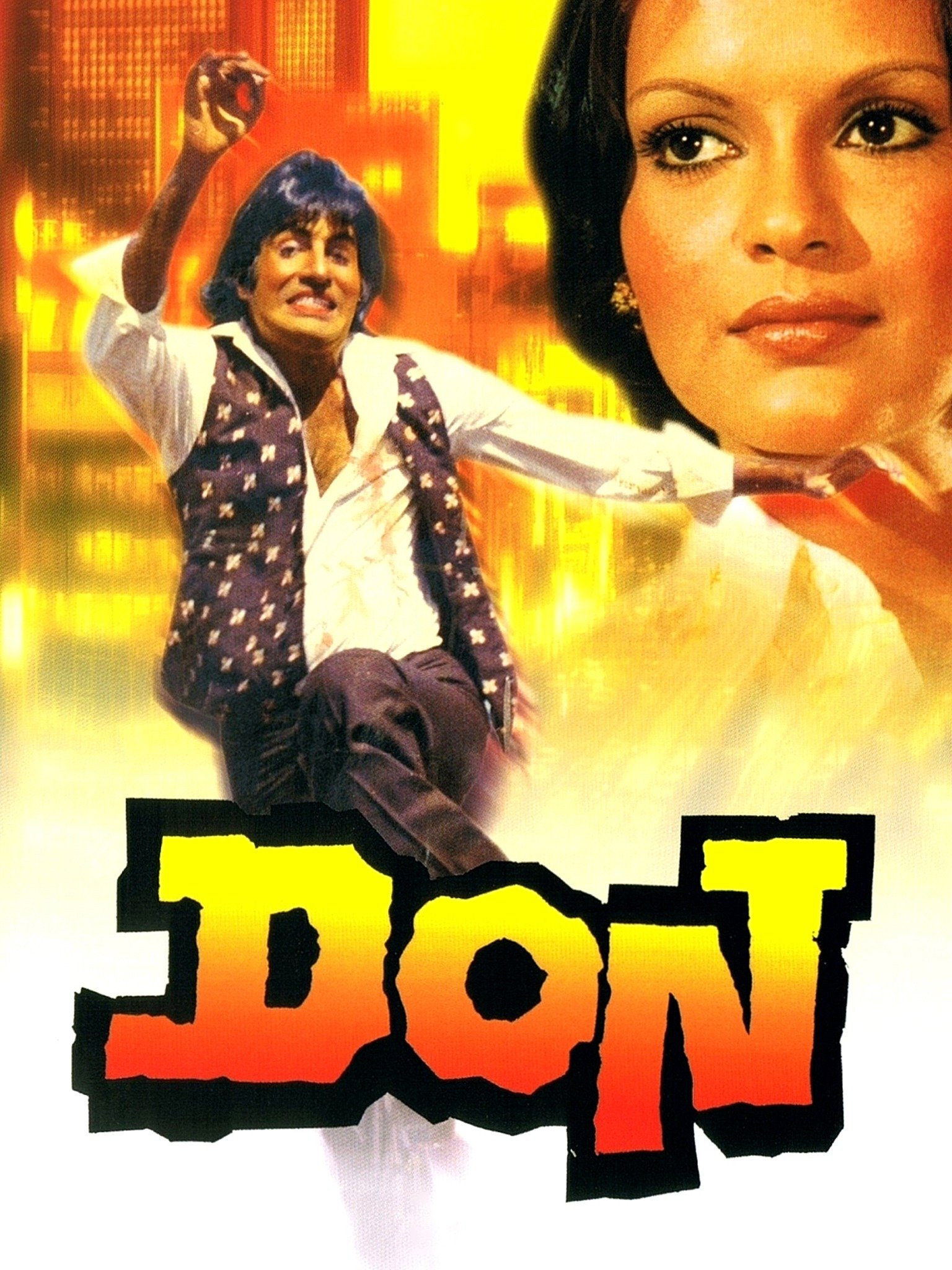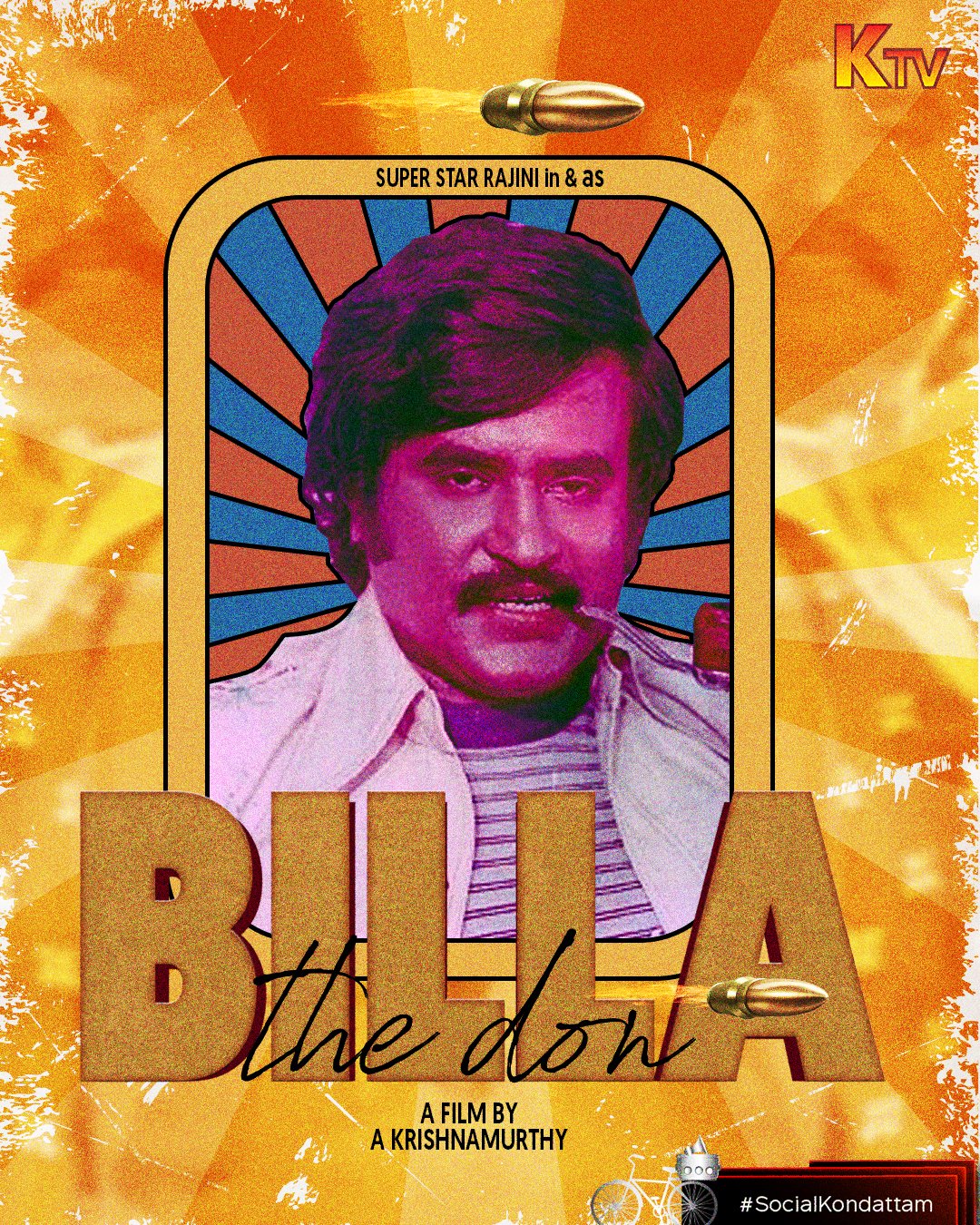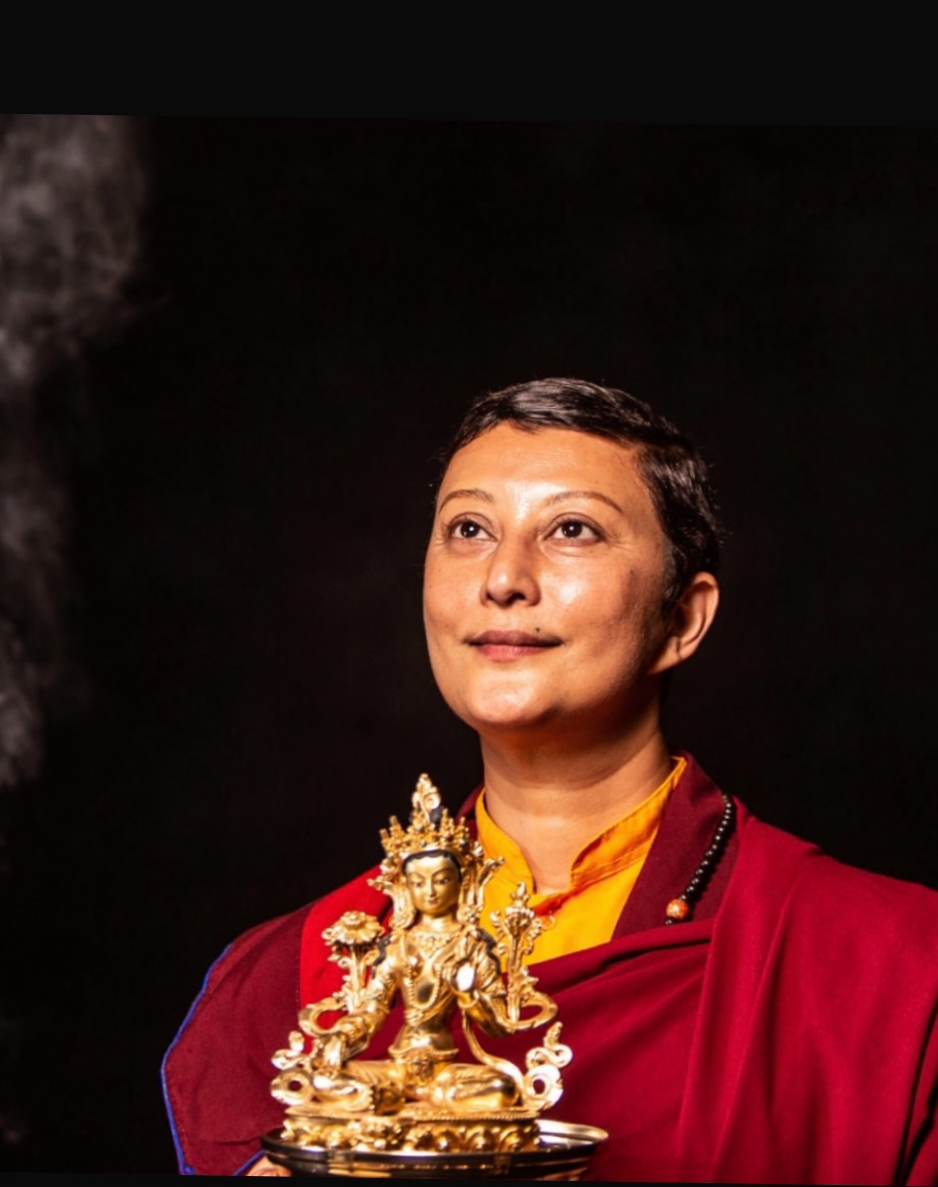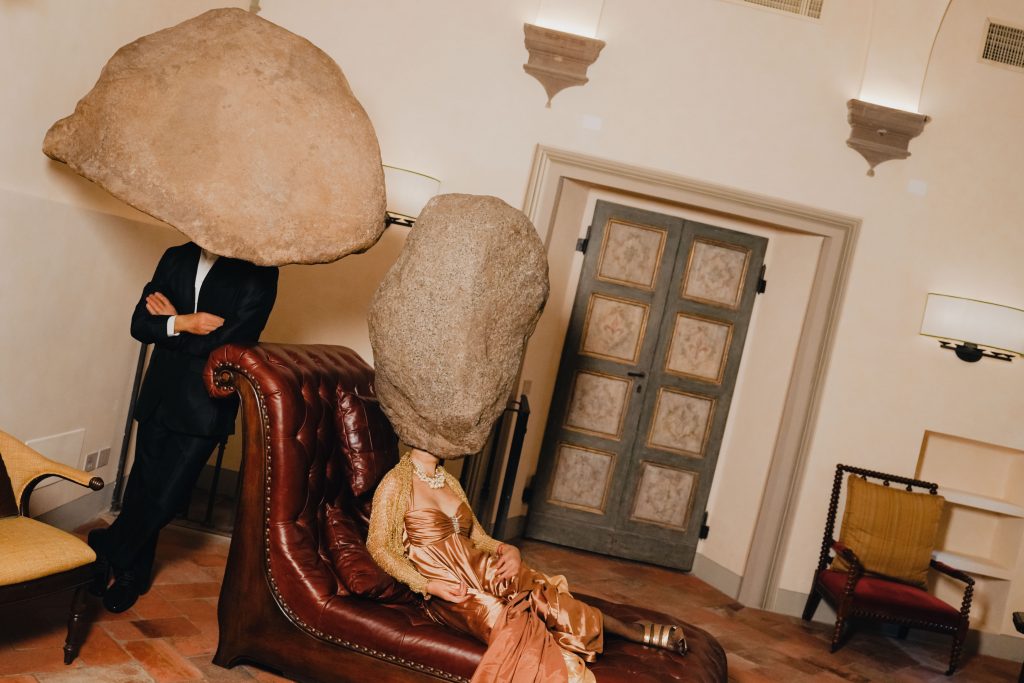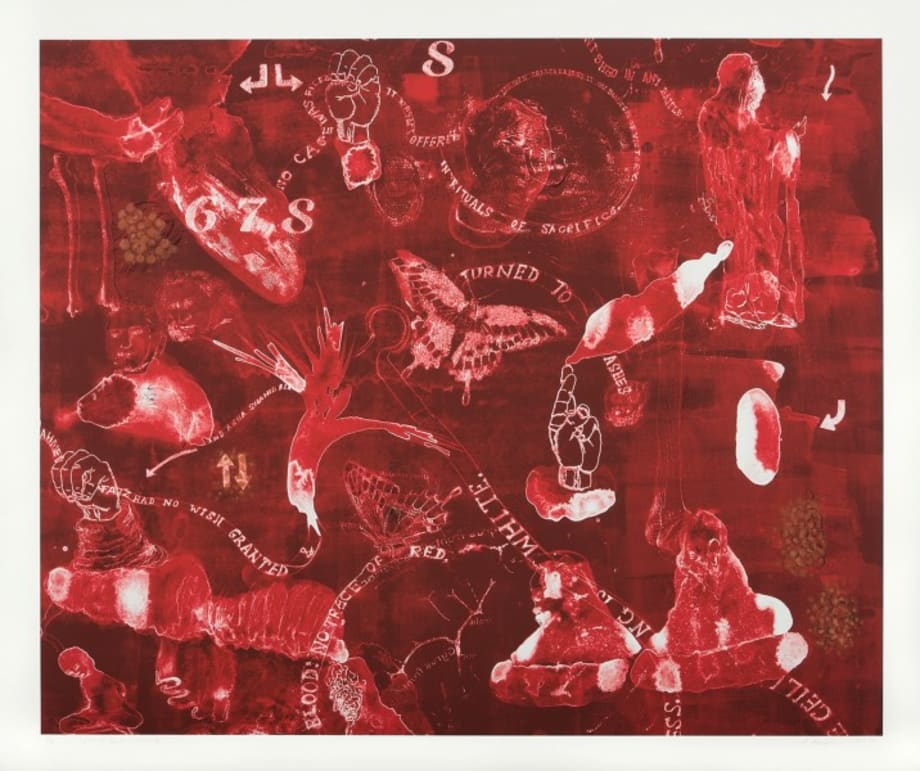Dunki vs Salaar. Shah Rukh Khan vs Darling aka Prabhas. December 22, 2023, will be a much-awaited day on the marquee. One on a high from the mega, expectations-defying success of “Pathaan” and “Jawaan.” The other hoping to recapture the glory days of “Baahubali” after “Radhe Shyam” and “Adipurush.”
It may be a no-brainer to say that Shah Rukh Khan might win the battle. But the war is far from won because even SRK had to bow down to the might of “Baahubali.” The opening sequences of “Jawaan” acknowledge its greatness, while simultaneously, and tongue-in-cheek, the climax hints at how “Baahubali” will be smashed at the box office.
As per figures on boxofficeindia.com, “Baahubali’s” gross cumulative earnings were Rs 970 cr (Rs 168.2 cr + 801.6 cr), whereas “Jawaan” is at Rs 1,023 and counting at the time of going to press. What both have in common are directors SS Rajamouli and Atlee, and Southern actors Vijay Sethupathi and Rana Daggubati playing villains, the two-heroine formula, as well as a double role for the lead actor. In one, the father is the savior, and in the other, the son.
However, this is not the first time that the South has won. “Arjun Reddy” became “Kabir Singh” when Sandeep Reddy Vanga helmed the project to bring his smash hit to Bollywood. And now he does it again with “Animal.” Ranbir Kapoor, riding on the success of “Brahmastra” and “TJMM,” can only hope to shine brighter with Rashmika Mandanna.
The formula is pretty straightforward now – Southern director, heroine, and villain, a larger-than-life North Indian hero, is equal to a megahit Bollywood film, unless you throw in a “KGF” or “Pushpa” in the mixture.
Before the Shah Rukh Khan-Prabhas clash, there were Rajinikanth and Amitabh Bachchan. What Big B did, Rajinikanth did better (down South), giving it his signature moves. The audience lapped it up.
When Amitabh starred in “Deewar,” Rajini made “Thee.” “Don” became “Billa” (Rajini, SRK, and Prabhas), “Namak Halaal” as “Panakkaran” (1990), “Amar Akbar Anthony” as “Ram Robert Rahim.” Just a few in an endless list.
But this exchange is not new. There are just as many successful exports to Bollywood as well. There is a whole pantheon of films out there from “Wanted” to “Singham,” “Bhool Bhulaiyaa” to “Drishyam.” The Hindi film industry will continue to unspool films like “Jersey,” “Vikram Vedha,” “Drishyam 2,” “Kisi Ka Bhai Kisi Ki Jaan.” Some will work, most will not. But the numbers will speak for themselves.
The art of the remake is not new, especially when massy movies like “Singham” (2010) made in Tamil get remade leading to huge commercial gain as Bollywood remakes. It led to a spate of films that continue with trade making more and more remakes, testing the waters, fine-tuning the formula to greater gains with franchises like “Bhool Bhulaiyaa,” “Drishyam,” and “Singham.”
Successful South Indian movies and Bollywood superstars – one hell of a success story. A story comprising a solid script backed by commercial success in the local region, one that can be adapted and repackaged for an all India audience.
Sure there are hits and flops, but the numbers, the recall value of the films, and the idea that there is something new bring audiences back for more and more. The irony is that it is a formula that Bollywood has exported down south to an extent with the larger-than-life hero, angry and misunderstood; his heroine with a heart of gold who wins him over to the correct side, or joins him in his crusade; a villain who somehow manages to antagonize one and all and will try to ensure the downfall of the entire cast; comic relief et al.
What Bollywood did best, Tollywood took and turned into an art form. The imports are now being exported. Bollywood can’t lap it fast enough, especially when they continue to earn big bucks on OTT platforms in both the regional as well as Hindi versions.
Bollywood has always done this. Take a good film, rehash, repackage and make tons of moolah. Why not – it is the best success story. Remember “Baazigar” (1993), “Sarfarosh” (1999), “Jab We Met” (2007), “OMG: Oh My God!” (2012), among hundreds of others and you know that the South is here to stay.
Gone are the days when it was limited to Tamil, Telugu, Kannada, and Malayalam cinema. The multiplex culture, globalization, and OTT platforms have made Southern films the domain of the masses, studio executives, and topics of discussion.
What makes it work is the 1980s Bollywood masala, refined and repackaged, staying true to the South. One half more often than not is in a rural setting. The other invariably in a city or with urban sensibilities. More often than not, it is all about the family, but not in the weepy ‘Ja jeele apni zindagi, Simran’ manner but one of agency, where there is purpose and a message. A message for the public that Bollywood’s Angry Young Man epitomized (“Desh Premi” and “Mard”), Anil Kapoor and Sunil Shetty tried to sustain (“Nayak” and “Vinashak”), but got swept away and got lost in mustard fields (“Dilwale Dulhaniya Le Jayenge”), family vs. first love (“QSQT” and “Maine Pyaar Kiya”) and with the new millennium, the hunt for the inheritors of the three Khans’ legacy.
A message that Bollywood is now rediscovering, importing the same themes and formulas back from the South and in doing so, has truly let Tollywood have the last laugh.
